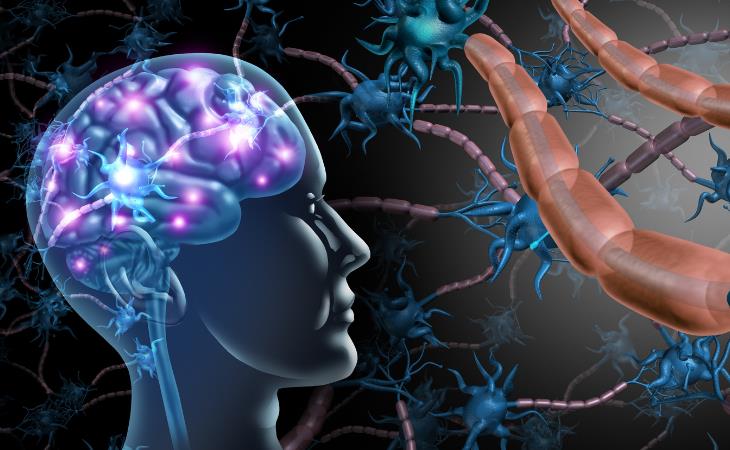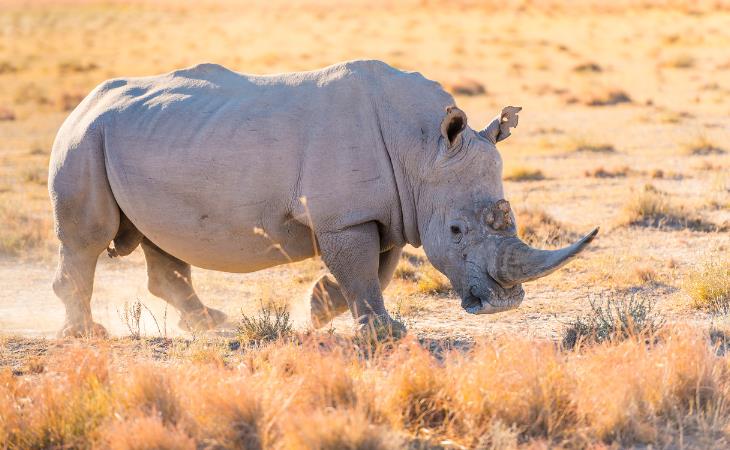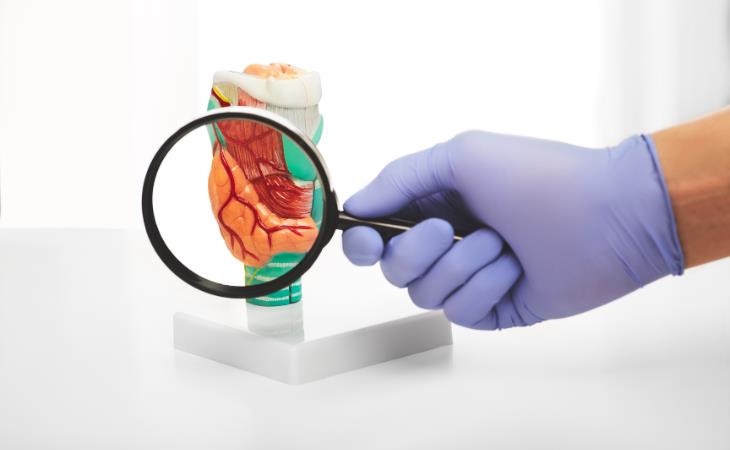
2024 has been a year of surprises, hasn't it? It seems like every day brings something new to marvel at, something that shifts our understanding of the world around us. We've seen incredible feats of human ingenuity, unearthed secrets hidden for centuries, and witnessed nature revealing its breathtaking wonders.
In this roundup, we explore ten of the most incredible discoveries of 2024. These breakthroughs have reshaped how we understand everything from ancient civilizations to the human body. Let's take a look.
Related: These Drug Discoveries Changed the World Forever
Pompeii, a vibrant Roman town on Italy's southwest coast, flourished in the first century until Mount Vesuvius erupted in 79 AD, burying it under volcanic debris. Over the centuries, numerous discoveries have emerged from the ruins, including a pregnant tortoise, children's graffiti, and even a fresco resembling a modern pizza.
The latest find, revealed on May 27, 2024, comes from a previously unexcavated part of the city. Archaeologists discovered an opulent shrine with walls painted a rare shade of blue. Decorated with figures representing the seasons and agricultural scenes, the room likely served religious purposes. Among the artifacts found were vases, lamps, building materials, and a pile of oyster shells, possibly used in construction.
What makes this discovery special is the blue pigment, which was costly and hard to obtain, imported from distant regions like Egypt. Pompeii's director, Gabriel Zychtriegel, notes that "blue was the most expensive color because of the difficulty in making it." This find highlights the town's wealth and access to exotic materials, adding another fascinating chapter to Pompeii's story.

There's exciting news for people battling aggressive melanoma. The FDA just approved a groundbreaking treatment called Amtagvi, the first of its kind. This therapy uses a patient's own immune cells, called T cells, to fight the cancer.
Think of it like this: doctors take T cells from the tumor itself, multiply them in a lab, and then put them back into the patient. These supercharged T cells are better equipped to attack the melanoma.
While it's not a cure-all, early results are promising. Studies show Amtagvi helped shrink tumors in over half of the patients, and some even saw their melanoma disappear completely. Experts believe this is just the beginning for TIL therapy, which could revolutionize cancer treatment in the future.

Israeli researchers have uncovered a surprising link between heart attacks and cancer. Turns out, the healing process after a heart attack might actually fuel cancer growth.
They found that tiny bubbles released by the damaged heart, called sEVs, can act like little messengers, encouraging cancer cells to multiply throughout the body.
The good news is, they discovered a way to block these sEVs using existing drugs like spironolactone. In tests on animals, this approach slowed tumor growth by a third. This discovery could lead to new treatments that protect heart attack survivors from developing cancer.
Related: 6 Fascinating Stories of Accidental Medical Discoveries

Imagine being able to fix a genetic glitch in the brain. That's exactly what scientists have done with a new drug for Timothy syndrome, a rare disorder that affects brain development. According to a study in Nature, a drug called antisense oligonucleotide enables human neurons to develop correctly even when they have the mutation associated with the disorder.
Timothy syndrome stems from a single gene mutation in a person's DNA. The new drug works by using an antisense nucleotide, a small synthetic piece of genetic material that changes the proteins produced by cells. Specifically, it replaces a faulty protein with a healthy one, effectively counteracting the mutation behind the disorder.
This method could potentially be applied to treat other genetic conditions, including some forms of schizophrenia, epilepsy, ADHD, and autism spectrum disorder.

Marmoset monkeys might be more chatty than we thought! A new study found they use distinct calls to refer to each other, almost like names. Researchers recorded spontaneous calls between pairs of these monkeys and found that they vocally label each other. Interestingly, marmosets respond better to calls aimed directly at them. Previously, this kind of behavior was only noted in humans, elephants, and dolphins. Lead researcher David Omer said that it’s a groundbreaking observation for non-human primates.
These findings raise intriguing questions about the rarity of this kind of communication. Leading biologists say that refining our research methods could reveal even more complexity in animal communication than we currently recognize. This research pushes us to rethink what we understand about animal intelligence.
Ramses II, or Ramses the Great, is celebrated as one of ancient Egypt's key pharaohs, known for his long and powerful reign during the 19th dynasty. Back in 1930, German archaeologist Dr. Günther Roeder found the lower part of a Ramses II statue around 150 miles south of Cairo, near modern El Ashmunein.
Nearly 100 years passed before the statue's top half was uncovered. A joint Egyptian-American team led by Dr. Bassem Gehad and Prof. Ivonna Trnka-Amrhein discovered the upper half of a temple lying face down in January 2024 while exploring the Ashmunein region in search of a New Kingdom temple.
Contrary to expectations, the statue was in great condition, showcasing vibrant blue and yellow pigments. Standing at 12.5 feet, it depicted Ramses II with royal insignia. On March 4, 2024, Egypt’s Ministry of Tourism and Antiquities revealed this exciting discovery, with plans to reunite the two halves, creating a 23-foot statue.
Related: 8 Shocking Historical Discoveries of the Last 20 Years

Scientists pulled off a major breakthrough by successfully impregnating a southern white rhino via in vitro fertilization (IVF). They implanted an embryo into another rhino in Kenya last September, and it worked! This could be the key to saving the critically endangered northern white rhino from disappearing completely.
There are two kinds of white rhinos – northern and southern. The northern ones are on the brink, with just two females left. Thankfully, they have sperm from the last male, so they could fertilize an egg and put it inside a southern rhino to act as a surrogate mom. This first successful embryo transfer was like a test run, and scientists say it means they could have baby northern white rhinos in a couple of years.

Astronomers have discovered a planetary system where six planets are all in perfect harmony. They're in what's called "orbital resonance," which basically means they're all moving in sync with each other, like a celestial ballet. The outermost planet takes six times longer to go around the star than the closest one, and the other planets have their own unique rhythms.
It's a super rare find, like a preserved snapshot of a planetary system in its early days. Only about one percent of all systems stay in this kind of perfect harmony. This discovery is a big deal for studying "sub-Neptunes" – planets bigger than Earth but smaller than Neptune. We don't have any of these in our own solar system, so figuring out how they form is a mystery. This new system could help us crack the code!
Related: 26 Mind-Blowing Space Breakthroughs

Scientists are thinking outside the box to fight autoimmune diseases. They've come up with this "inverse vaccine" idea that could help retrain the immune system. The immune system usually goes after bad guys like viruses by recognizing their little markers called antigens. But sometimes, it gets mixed up and attacks our own cells, which is the problem in autoimmune diseases.
This new research is like sending a message to the immune system – "Hey, go chill out in the liver." Apparently, the liver cells can talk some sense into the immune cells and make them stop attacking our own bodies. They tested it on mice, and it looks promising! Researchers still need to figure out if it works in humans and what exactly they're targeting.